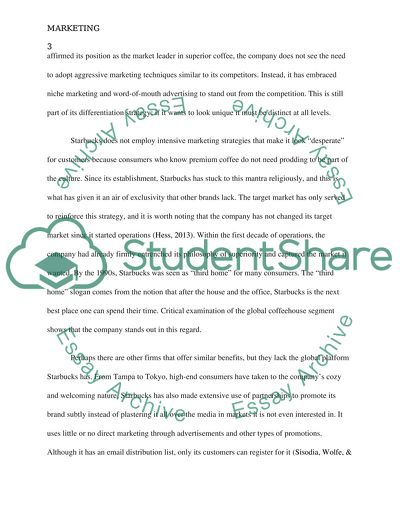Cite this document
(Starbucks Market Review Report Example | Topics and Well Written Essays - 1500 words, n.d.)
Starbucks Market Review Report Example | Topics and Well Written Essays - 1500 words. https://studentshare.org/marketing/1864570-starbucks-market-review
Starbucks Market Review Report Example | Topics and Well Written Essays - 1500 words. https://studentshare.org/marketing/1864570-starbucks-market-review
(Starbucks Market Review Report Example | Topics and Well Written Essays - 1500 Words)
Starbucks Market Review Report Example | Topics and Well Written Essays - 1500 Words. https://studentshare.org/marketing/1864570-starbucks-market-review.
Starbucks Market Review Report Example | Topics and Well Written Essays - 1500 Words. https://studentshare.org/marketing/1864570-starbucks-market-review.
“Starbucks Market Review Report Example | Topics and Well Written Essays - 1500 Words”. https://studentshare.org/marketing/1864570-starbucks-market-review.


